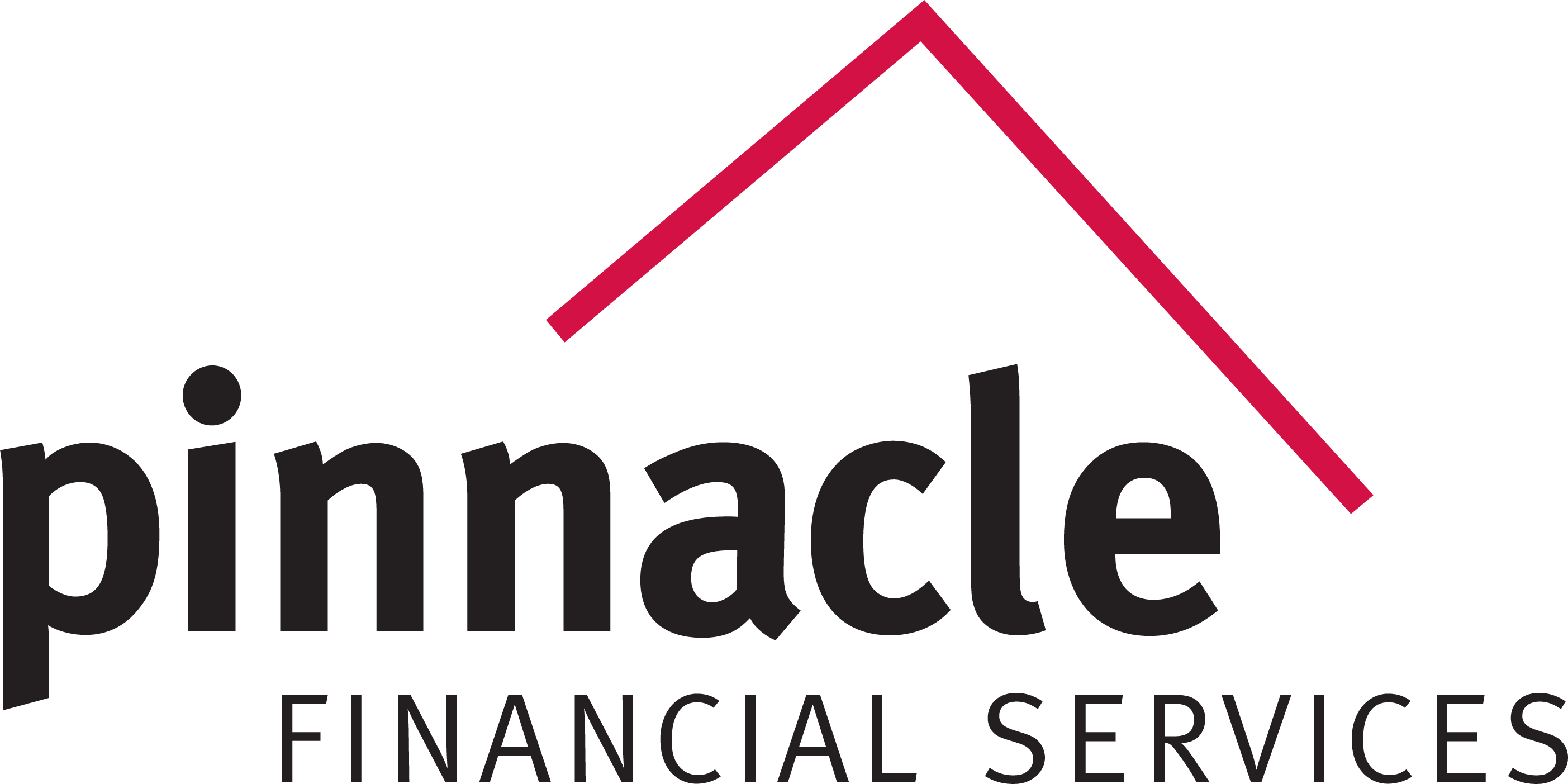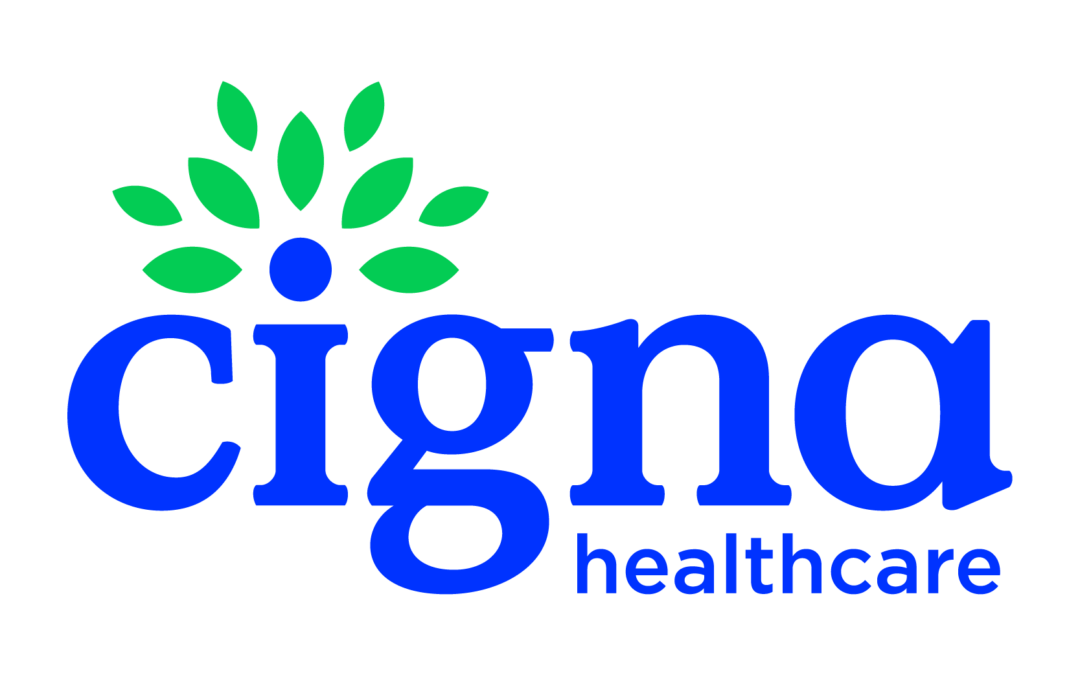Florida
Declaration information Renewed
Declaration #384
State declaration: May North Florida Tornadoes
SEP incident dates: 05/10/2024 – 07/25/2025
This SEP declaration is effective: 05/10/2024 – 08/31/2025
Impacted counties for SEP purposes: Baker, Columbia, Escambia, Gadsden, Hamilton, Jefferson, Lafayette, Leon, Liberty, Madison, Okaloosa, Santa Rosa, Suwannee, Taylor, and Wakulla
Kentucky
Declaration information New
Declaration #732
FEMA declaration: Severe Storms, Straight-line Winds, Tornadoes, Flooding, Landslides, and Mudslides
SEP incident dates: 04/02/2025 – 04/24/2026
This SEP declaration is effective: 04/02/2025 – 06/30/2026
Impacted counties for SEP purposes: Anderson, Butler, Carroll, Christian, Clark, Franklin, Hardin, Hopkins, Jessamine, McCracken, Mercer, Owen, and Woodford counties.
New Jersey
Declaration information New
Declaration #731
FEMA declaration: Jones Road Wildfire
SEP incident dates: 04/22/2025 – 04/24/2026
This SEP declaration is effective: 04/22/2025 – 06/30/2026
Impacted counties for SEP purposes: Ocean County
New Mexico
Declaration information New
Declaration #729
State declaration: Fire Rio Grande
SEP incident dates: 04/17/2025 – 06/18/2025
This SEP declaration is effective: 04/17/2025 – 07/31/2025
Impacted counties for SEP purposes: Valencia County
North Carolina
Declaration information Renewed
Declaration #713
State declaration: Wildfires
SEP incident dates: 03/19/2025 – 06/21/2025
This SEP declaration is effective: 03/19/2025 – 07/31/2025
Impacted counties for SEP purposes: Alexander, Alleghany, Ashe, Avery, Buncombe, Burke, Cabarrus, Caldwell, Catawba, Cherokee, Clay, Cleveland, Gaston, Graham, Haywood, Henderson, Iredell, Jackson, Lincoln, Macon, Madison, McDowell, Mecklenburg, Mitchell, Polk, Rowan, Rutherford, Stanly, Swain, Transylvania, Union, Watauga, Wilkes, Yancey, as well as the tribal lands in the State of North Carolina held by the Eastern Band of Cherokee Indians
Declaration information New
Declaration #733
FEMA declaration: Sam Davis Road Fire
SEP incident dates: 04/18/2025 – 04/20/2026
This SEP declaration is effective: 04/18/2025 – 06/30/2026
Impacted counties for SEP purposes: Swain County
Oklahoma
Declaration information New
Declaration #734
State declaration: Heavy Rain, Flooding, and Severe Storms
SEP incident dates: 04/19/2025 – 06/26/2025
This SEP declaration is effective: 04/19/2025 – 07/31/2025
Impacted counties for SEP purposes: Cleveland, Comanche, and Cotton
Texas
Declaration information Renewed
Declaration #715
State declaration: Severe Storms and Flooding
SEP incident dates: 03/27/2025 – 06/25/2025
This SEP declaration is effective: 03/27/2025 – 07/31/2025
Impacted counties for SEP purposes: Cameron, Hidalgo, Starr, and Willacy Counties
Utah
Declaration information New
Declaration #730
State declaration: Drought Conditions
SEP incident dates: 04/24/2025 – 06/21/2025
This SEP declaration is effective: 04/24/2025 – 07/31/2025
Impacted counties for SEP purposes: Washington, Iron, San Juan, Kane, Juab, Emery, Grand, Beaver, Garfield, Piute, Millard, Tooele, and Uintah
Virginia
Declaration information Amendments include counties in bold
Declaration #727
FEMA declaration: Severe Winter Storms and Flooding
SEP incident dates: 02/10/2025 – 05/27/2025
This SEP declaration is effective: 02/10/2025 – 06/30/2025
Impacted counties for SEP purposes: Buchanan, Buckingham, Campbell, Carroll, Charlotte, Craig, Cumberland, Dickenson, Floyd, Franklin, Giles, Grayson, Halifax, Lee, Lunenburg, Montgomery, Nottoway, Page, Pittsylvania, Powhatan, Prince Edward, Pulaski, Rockingham, Russell, Scott, Smyth, Tazewell, Washington, Wise, and Wythe Counties and the independent city of Bristol
Please note: A DST-SEP application is only valid while the SEP declaration is in effect. If an end date is not listed, please refer to our Ongoing SEP tracker in Producers’ University for the most up-to-date information. Any SEP applications submitted outside of the SEP’s declaration date will be rejected.
IMPORTANT: Please be aware
- This does not mean that active marketing can occur.
- The SEP is only available for individuals that reside or resided at the start of the SEP eligibility period where a federal, state, or local government entity declared a disaster or other emergency.
- The individual was eligible for another election period at the time of the DST eligibility period and did not make an election during that other valid election period due to the disaster or other emergency.
- This does not mean that Cigna Healthcare initiated waiving of authorization or referral requirements.
- This does not extend waiving of prior authorizations, referrals, etc.
SEP for individuals affected by a government-entity declared disaster or other emergency
42 CFR §§ 422.62(b)(18) and 423.38(c)(23)
Please review this link to refer to the guidance from the Centers for Medicare and Medicaid Services (CMS) on DST-SEPs.








